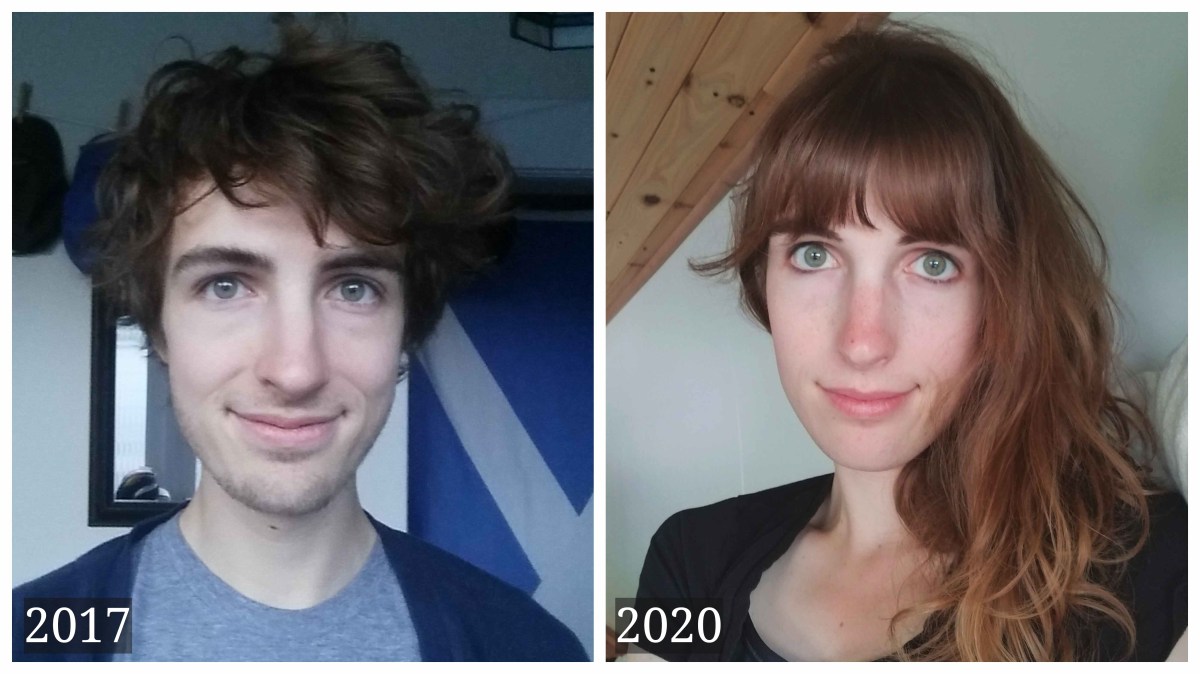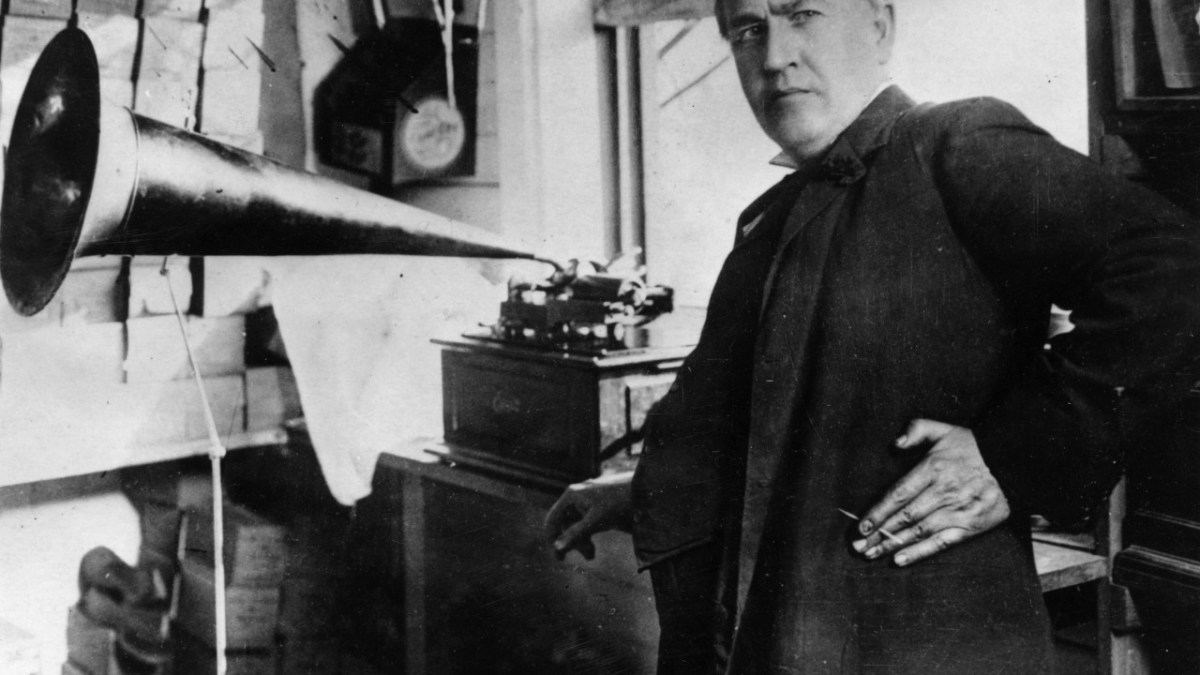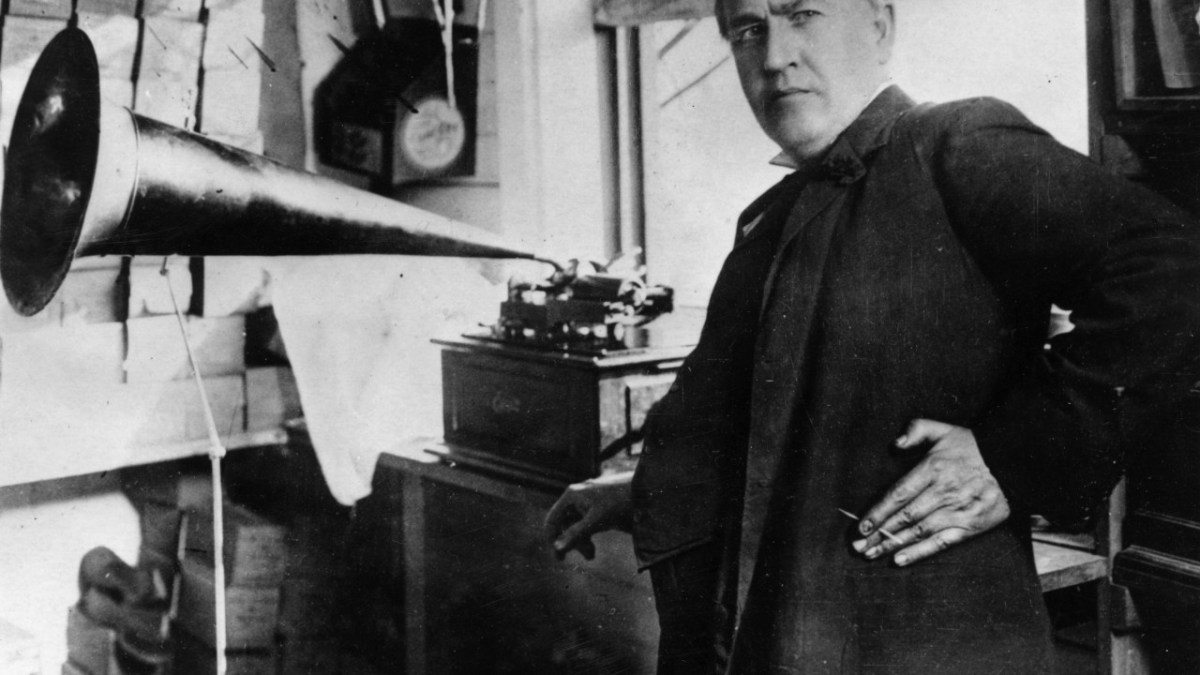I am happy – Antonin Kinsky could not have dreamed of a better: This statement sparks a fascinating exploration of happiness, contrasting personal joy with historical context. We’ll delve into Antonín Dvořák’s life and work, examining how his musical style might reflect or challenge the notion of simple happiness. Further, we’ll explore diverse interpretations of “a better life,” encompassing material wealth, emotional fulfillment, and societal progress, drawing on historical examples and philosophical perspectives.
We’ll unpack the power of contrast in the original statement, analyzing its rhetorical impact and exploring similar techniques in literature and art. Finally, we’ll visualize happiness through a detailed sensory description, creating a vivid image that encapsulates the emotion. Get ready for a multi-faceted journey into the meaning of happiness!
Antonín Dvořák’s Influence on the Sentiment “I am Happy”: I Am Happy – Antonin Kinsky Could Not Have Dreamed Of A Better
Antonín Dvořák, a prominent figure in the late Romantic era, composed music that often evokes feelings of joy and contentment. His life and work provide a rich context for understanding the sentiment “I am happy,” particularly when contrasted with the seemingly less fortunate circumstances of Antonín Kinsky.
Dvořák’s Life and Musical Style
Dvořák’s life, while not without its challenges, was marked by periods of significant creative output and personal fulfillment. His upbringing in rural Bohemia fostered a deep connection to folk music, which heavily influenced his compositions. This connection to his roots likely contributed to a sense of grounded happiness and identity. His musical style, characterized by its melodic richness, rhythmic vitality, and incorporation of folk elements, often projects a sense of optimism and joy, aligning well with the feeling expressed in “I am happy.” While he experienced hardship, his resilience and artistic success likely contributed to a profound sense of satisfaction.
Comparing Dvořák’s Techniques with Contemporaries, I am happy – Antonin Kinsky could not have dreamed of a better
Compared to his contemporaries like Brahms, who often explored more introspective and melancholic themes, Dvořák’s music generally displays a brighter palette. While Brahms’s works are equally masterful, they often reflect a more complex and sometimes darker emotional landscape. The contrast highlights the unique expression of happiness found in Dvořák’s compositions. Composers like Tchaikovsky also explored themes of joy, but Dvořák’s use of folk melodies gave his work a distinctly optimistic and grounded quality.
Interpreting “A Better Life”

The phrase “a better life” is open to various interpretations, extending beyond mere material wealth.
Multiple Perspectives on a Better Life
A “better life” can encompass improved material conditions, such as increased financial security and access to resources. However, it also includes emotional well-being, characterized by strong relationships, a sense of purpose, and inner peace. Societal factors such as justice, equality, and community also play a crucial role in shaping the perception of a “better life.” For some, it might be about escaping oppression or achieving personal freedom; for others, it could mean contributing to a more just and equitable world.
Historical Examples of the Pursuit of a Better Life
The Civil Rights Movement in the United States exemplifies a collective pursuit of a better life, characterized by the fight for equality and justice. Similarly, various utopian movements throughout history, such as the early socialist and communist ideals, envisioned societies that would provide a better life for all. These movements, while differing in their approaches, shared a common goal of improving human existence.
A Hypothetical Scenario of Achieving a Better Life
Imagine a young woman from a disadvantaged background who, through perseverance and education, secures a fulfilling career in medicine. She uses her skills to serve her community, building strong relationships with her patients and colleagues. She finds joy in her work and contributes to the well-being of others, achieving a sense of purpose and contentment. This represents a “better life” encompassing both material success and profound emotional fulfillment.
Exploring the Concept of Happiness

Happiness is a multifaceted concept explored extensively in philosophy and psychology.
Philosophical and Psychological Perspectives on Happiness
Hedonism emphasizes pleasure and the absence of pain as the ultimate good, while eudaimonism focuses on living a virtuous and fulfilling life. Positive psychology emphasizes factors contributing to well-being, such as positive emotions, engagement, relationships, meaning, and accomplishment (PERMA). These models offer diverse perspectives on achieving happiness, highlighting the complexity of the concept.
Examples of Happiness in Literature and Art
Shakespeare’s comedies often depict happiness through the resolution of conflicts and the celebration of love and union. Similarly, Impressionist paintings, with their vibrant colors and focus on light, often convey a sense of joy and contentment. The art of the Renaissance often depicts idealized scenes of harmony and celebration, reflecting a particular cultural understanding of happiness.
Cultural Conceptions of Happiness
| Culture | Defining Characteristic | Expression | Associated Symbol |
|---|---|---|---|
| Japan | Harmony and interconnectedness | Subtle gestures, appreciation of nature | Cherry blossom |
| Brazil | Joyful expression and vibrant community | Carnival, Samba | Feathers, bright colors |
| Scandinavia | Well-being, contentment, and balance (Lagom) | Quiet enjoyment, time in nature | Cozy interior, forests |
| India | Spiritual fulfillment, detachment from material desires | Meditation, yoga | Lotus flower |
The Power of Contrast in “I am Happy”
The juxtaposition of “I am happy” with the mention of Antonín Kinsky creates a powerful rhetorical effect.
The Rhetorical Effect of Contrast

The contrast highlights the unexpected nature of the statement. It implies that Kinsky’s circumstances might have been less fortunate, making the declaration of happiness all the more striking and impactful. The unexpectedness amplifies the message, leaving a more profound impression on the reader or listener.
Contrast in Literary and Artistic Works
The use of contrast is a common literary device. In literature, the contrast between a character’s internal struggles and their outward appearance can create dramatic tension. Similarly, in visual art, contrasting colors or shapes can create visual interest and emphasize certain elements of the composition. Think of the stark contrast between light and shadow in many Rembrandt paintings, highlighting the emotional depth of his subjects.
So, I’m feeling incredibly happy – Antonin Kinsky could not have dreamed of a better day! It’s a stark contrast to the raw emotion in this article, ‘All Gone’: James Woods breaks down in tears recounting , which really puts things into perspective. It reminds me how fortunate I am, and reinforces just how happy I truly am today.
Visual Representation of Happiness
The statement “I am happy” evokes a specific visual scene.
A Visual Scene of Happiness
Imagine a sun-drenched meadow, vibrant with wildflowers in a profusion of colors – deep blues, sunny yellows, and fiery oranges. The light is soft and golden, casting long shadows that dance across the grass. A gentle breeze rustles through the tall grasses, creating a wave-like movement. The air is filled with the sweet scent of wildflowers and the distant hum of bees.
A feeling of warmth and peace pervades the scene, reflecting a state of profound contentment. The textures are varied – the soft, yielding grass underfoot, the delicate petals of the wildflowers, the rough bark of an ancient oak tree providing shade in the distance. The overall composition emphasizes open space and a sense of freedom, mirroring the boundless nature of happiness.
I’m stoked! Antonin Kinsky couldn’t have imagined a better scene; the energy was electric! Check out how awesome it was: Professional Women’s Hockey League game draws sold-out crowd. Seriously, the atmosphere was incredible – a testament to how far women’s hockey has come. I’m happy; Antonin Kinsky would be too!
Conclusion
Ultimately, “I am happy – Antonin Kinsky could not have dreamed of a better” invites us to consider the multifaceted nature of happiness. It’s not simply a feeling, but a complex interplay of personal experience, historical context, and cultural perspective. By exploring Dvořák’s life, philosophical viewpoints, and artistic representations, we’ve gained a richer understanding of what happiness means and how it manifests in different forms.
I’m feeling incredibly happy today – Antonin Kinsky couldn’t have imagined a better day! It’s amazing to see moments of unity, like the incredible image of all five living US presidents pictured together at the funeral of Jimmy Carter , a truly powerful display of respect. That kind of historical moment just makes me even happier; it’s a day I’ll remember for a long time.
The contrast embedded within the statement highlights the subjective and often unexpected nature of joy, reminding us to appreciate the simple things and the unique journeys that lead to our own moments of contentment.
General Inquiries
What is the significance of mentioning Antonín Kinsky?
The mention of Antonín Kinsky creates a powerful contrast, highlighting the speaker’s unexpected joy. It suggests a stark difference between the speaker’s current state and a potentially less fortunate past or alternative reality.
How does Dvořák’s music relate to the theme of happiness?
Dvořák’s music, often characterized by its vibrant melodies and folk influences, can be interpreted as a reflection of joy and contentment. Analyzing specific pieces can reveal how his compositional techniques contribute to the overall feeling of happiness or perhaps a more complex emotional landscape.
What are some different cultural perspectives on happiness?
Cultures vary widely in their definition and expression of happiness. Some prioritize community and social harmony, while others emphasize individual achievement or spiritual enlightenment. The associated symbols and expressions also differ significantly.
